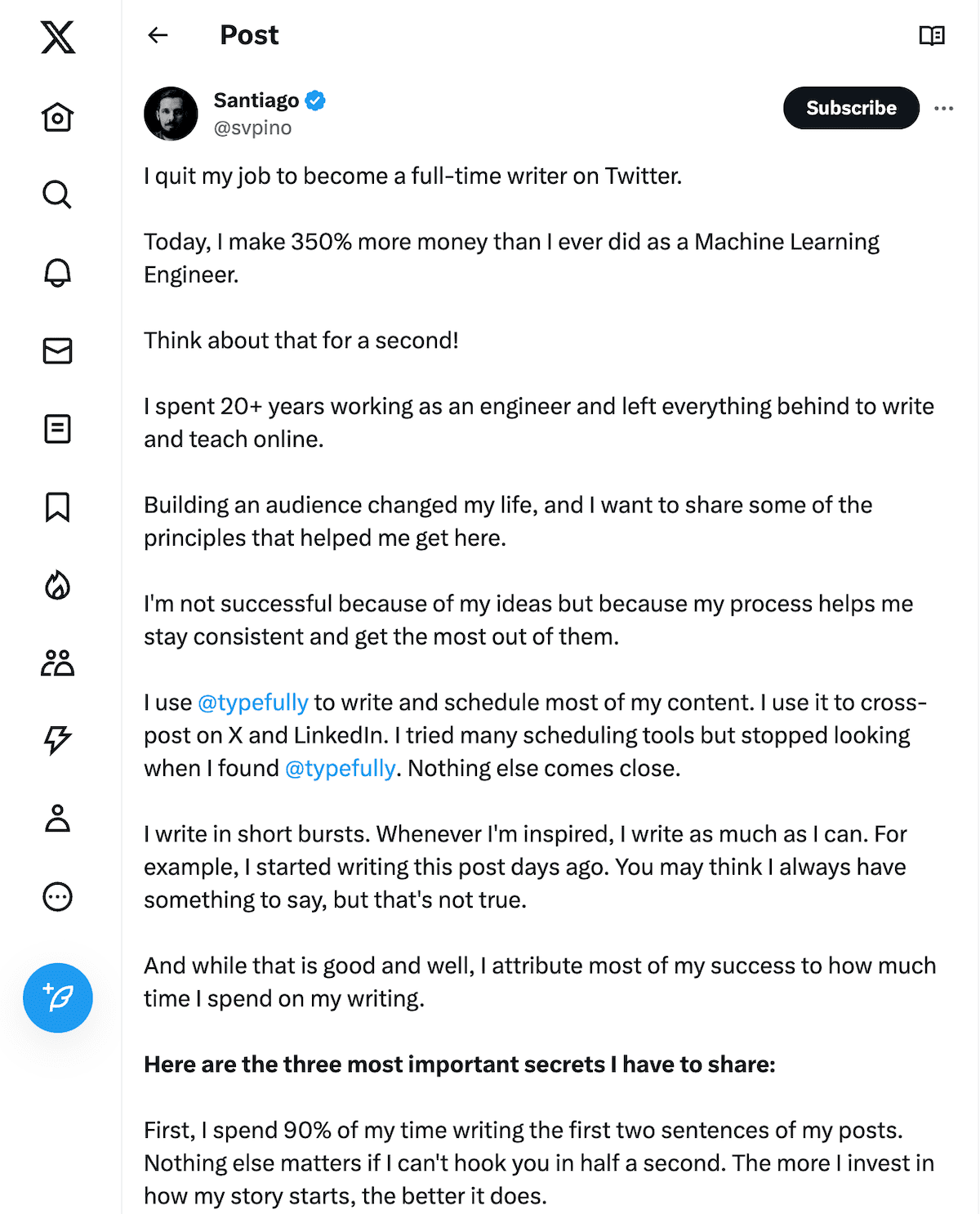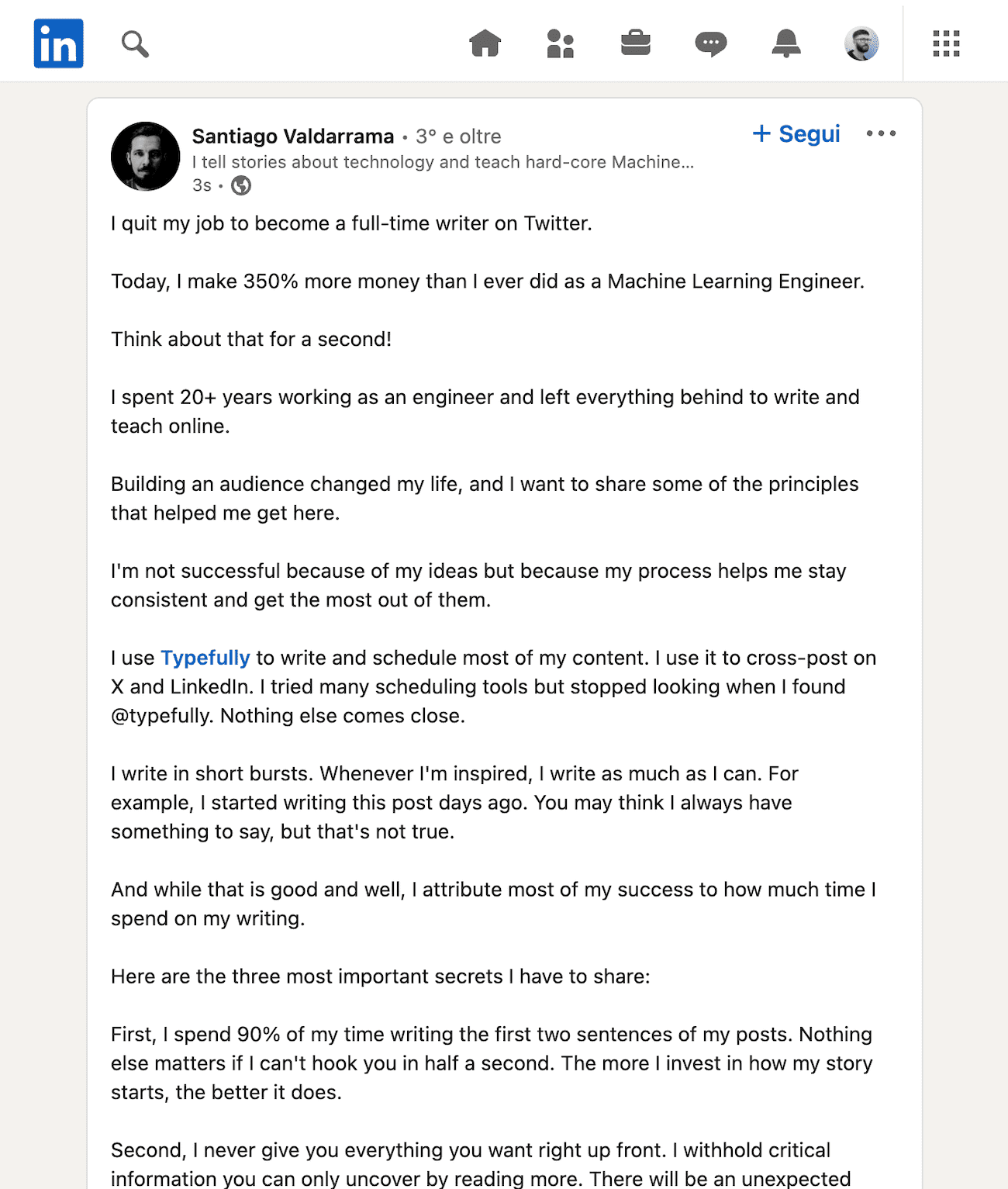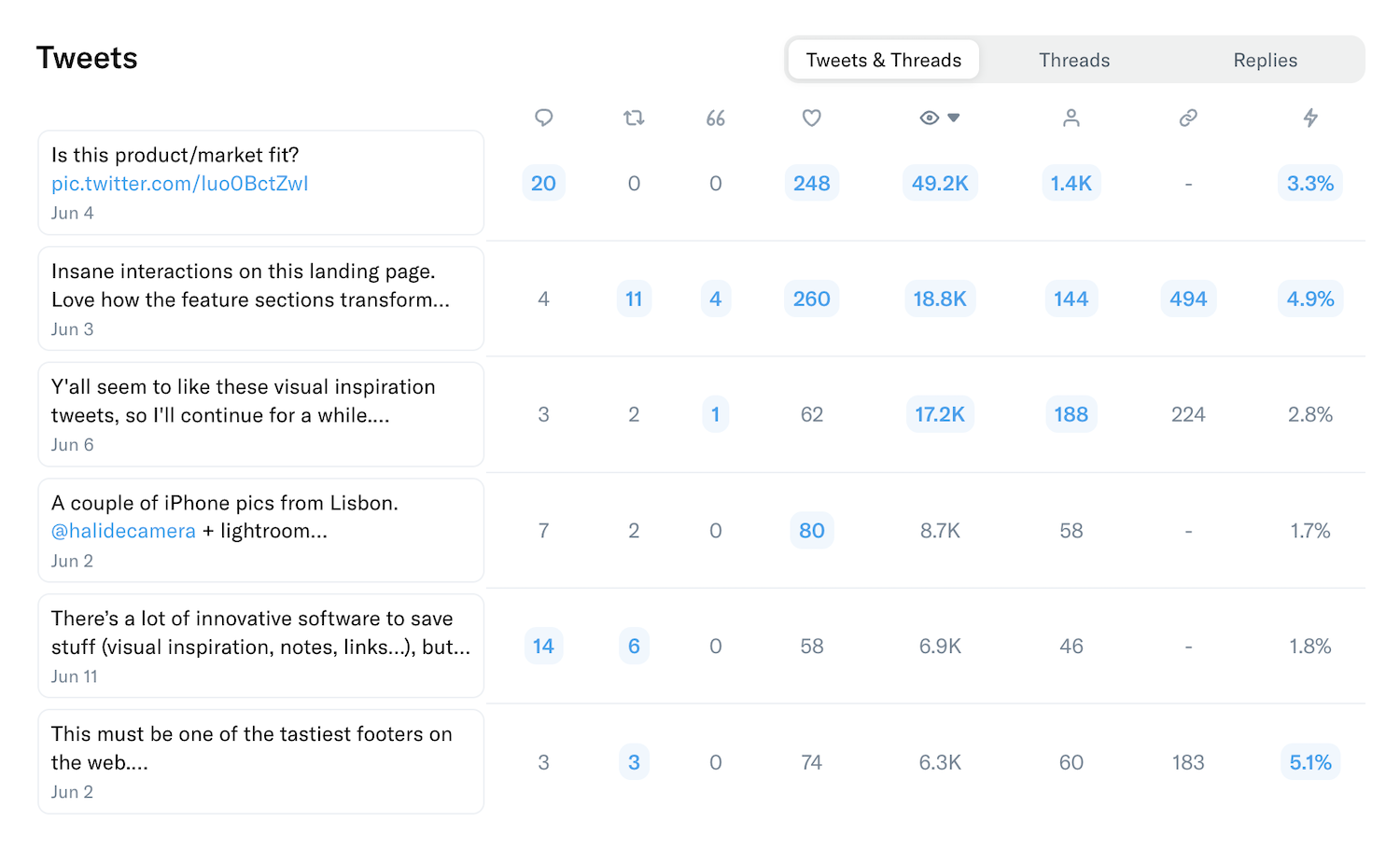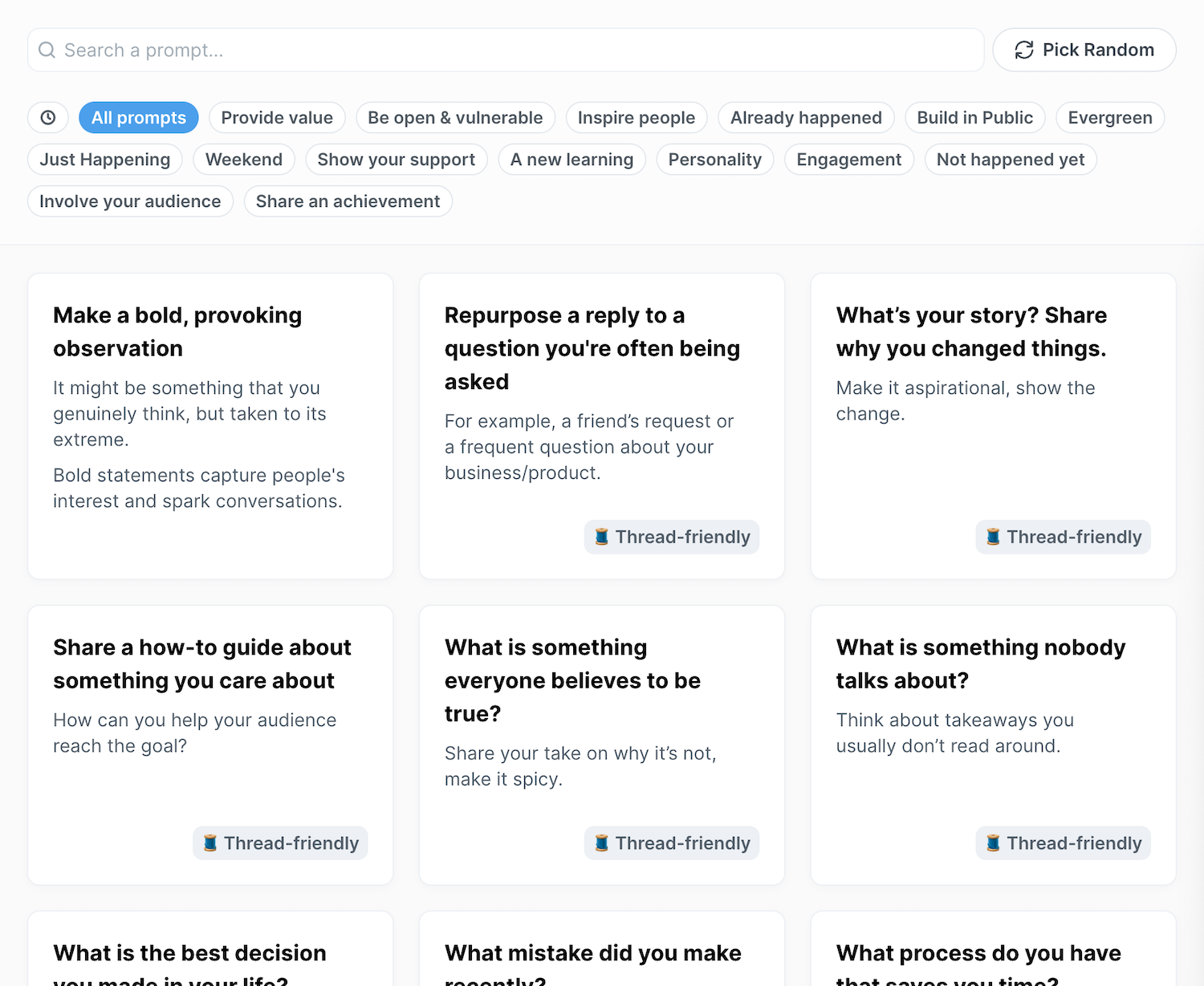🧵 re the coming threat to the #Alberta economy courtesy of the global energy transition.
AB is out of step with rest of the world.
We think we have plenty of time. We don't.
@Alberta_UCP mandate letters illustrate why.
#OOTT #ABleg #cdnpoli
energi.media/energi-notes/whose-energy-transition-scenario-is-alberta-listening-to-hint-the-wrong-one/
First, the big picture.
The common response among advanced nations to the energy transition + climate crisis is some version of this 3-pronged strategy:
1. Adopt clean energy supply (renewables, nuclear, hydrogen, batteries, geothermal, etc)
2. Adopt clean energy demand technology (EVs, heat pumps, etc)
ELECTRIFY. EVERYTHING.
What can't be electrified will switch to zero or low-emission fuel like hydrogen.
But it will be mostly electricity.
3. Build industry to manufacture all that clean energy technology.
Some economists consider this the "6th industrial revolution."
China is miles ahead b/c it began investing in clean energy industries 15-20 years ago.
Good/bad news for Alberta: USA plans to catch up by 2030.
Why bad news?
Because USA takes 99% of Alberta oil/gas exports and those markets look set to decline.
Why good news?
Because Alberta can transition to supply USA markets with other hydrocarbon-based products, like advanced materials.
If there is one idea Smith, her ministers, and O&G CEOs fail to grasp, it's the difference between energy as a commodity vs energy as a technology.
Oil/gas = linear growth
Renewables, EVs, etc = exponential growth
share.transistor.fm/s/8d1184c5
Linear vs. exponential growth.
2 charts.
This one shows the exponential decline in the cost of key clean energy technologies thanks to learning curves (every time you double the manufacture of something, the cost per unit declines).
This chart forecasts exponential growth of several key clean energy technologies out to 2050.
This is the linear growth oil and gas folks are accustomed to.
Why the failure of Smith and oil/gas CEOs to grasp the difference between linear and exponential growth matters.
energi.media/energi-notes/linear-growth-mindset-will-doom-alberta-oil-and-gas/
Alberta's linear thinking in action:
Smith's plan is to decarbonize oil and gas production, then significantly expand oil and gas exports (eg LNG).
That's it. That's the strategy.
energi.media/markham-on-energy/danielle-smith-has-an-oil-and-gas-marketing-plan-not-a-climate-plan/
From Smith's July 15 press release:
“I was also alarmed to read the [federal environment] minister’s (@s_guilbeault) belief that oil and gas production is likely to be reduced by 75% by 2050."
“This belief does not align with any credible forecast of future world energy consumption, which continue to see oil and gas dominating the energy supply mix for decades to come."
Um, what about the Canadian Energy Regulator's recent scenario modelling?
Or the International Energy Agency's 2022 World Energy Outlook?
Note: no agency "forecasts" oil/gas demand.
They model scenarios.
The best case scenario is flat demand (Smith). The worst is net-zero (Guilbeault).
My guess? APS scenario at least.
For the record, during the interview Smith cited, Guilbeault said by 2050 oil/gas would be used to for materials manufacture and its production emissions would be "abated," most likely captured and stored underground...
...basically, Smith's own policy.
euractiv.com/section/energy/interview/canadian-minister-fossil-fuels-must-be-phased-out-no-later-than-2050/
This is where Smith's mandate letters to Energy Minister @BrianJeanAB, Environment Minister @rebeccakschulz enter the story.
Smith to Jean: "I expect you to work on several initiatives to promote and grow our energy [by which she mostly means oil/gas] sector."
Faster approvals, more production, higher exports - O&G's agenda for years. Now, it's just O&G with lower emissions.
Smith to Schulz: clean up oil sands tailings ponds, boost conventional oil/gas environmental liabilities reclamation, establish new land-use plans, etc.
Why?
Because oil/gas companies finally get it that ESG scores affect access to capital.
As usual, money talks.
Also Smith to Schulz: “Alberta is the most responsible energy producer and exporter on Earth.”
No, it's really, really not. This is a marketing slogan. Pure fantasy.
Like Big Tobacco telling our parents that smoking was good for them.
The truth:
energi.media/unethical-oil/unethical-oil-part-2-albertas-orphan-well-crisis/
Have a listen to my Energi Talks podcast interview with @UCalgaryLaw Prof @JLisaYoung about the mandate letters.
share.transistor.fm/s/c1ba15fa
Here's the bottom line: Alberta has an incumbency dilemma.
Faced with disruptive change and no obvious competitive responses, incumbents double down on the status quo.
Just like Blockbuster, Kodak, newspapers, etc.
Incumbents are like dinosaurs: didn't see the astroid coming.
Most juniors (<10,000 b/d) plus some intermediates (<100,000 b/d) already dead.
How long before the majors join them? @CanadianNatural, @Suncor, @ImperialOil, @cenovus, @TourmalineOil.
So long, Scotty.
Smith and her govt don't see the astroid.
The rest of us do.
My thoughts (below) about what Alberta could do differently.
- 30 -
energi.media/markham-on-energy/where-is-the-leadership-blueprint-for-a-21st-century-canadian-oil-gas-sector/













